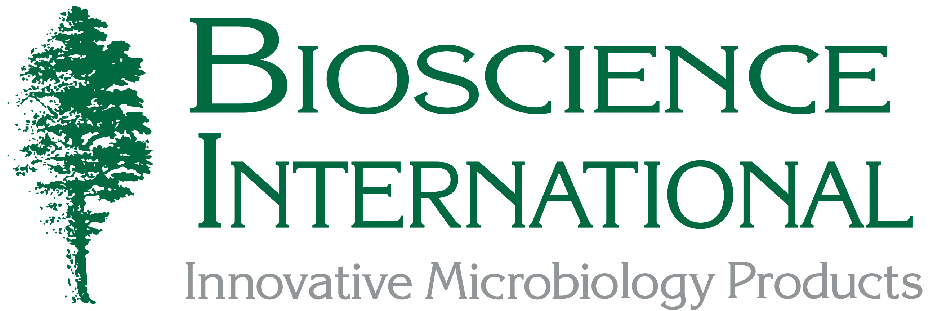The New International Standards for Cleanrooms
By Anne Marie Dixon, Cleanroom Management Associates, Inc.
From Bioscience World, Winter 2003
Successful standardization hinges on the achievement of widespread agreement. The ISO Technical Committee reflects a cooperative agreement of over 1,000 professionals in over 34 countries. The establishment of 10 new international standards for Cleanrooms and Associated Controlled Environments will al low for increased global trade, elimination of trade barriers, and efficiency in expanding the cleanroom market segment.
The work of this Technical Committee (TC 209) is 95% complete. This article will present an overview of the completed standards and a schedule for the remaining standards.
History
In 1992, at the instigation of the Institute of Environmental Sciences and Technology, the American National Standards Institute petitioned the International Organization for Standardization to create a new Technical Committee—Cleanrooms and Associated Controlled Environments. The new Technical Committee TC 209 was established in May 1993.
The mission of ISO TC 209 was to develop an international standard for cleanrooms and associated controlled environments encompassing standardization of equipment, facilities, and operational methods. The committee defines procedural and operational limits and testing procedures to achieve desired attributes to minimize contamination.
The European community, through a cooperative effort with CEN (European Committee for Standardization), will make obsolete or rescind their cleanroom national standards six months after the formal publication of these ISO standards. Organizations doing business with Europe will be directly impacted by these new cleanroom standards. In Europe, the Normative sections must be adopted. The Informative sections are generally not mandatory; however, the regulatory authorities may require otherwise.
On November 29, 2001, Federal Standard 209E was replaced by two new Documents: ISO 14644-1 and 14644-2. FDA announced this change in the Human Drug cGMP notes, fourth quarter 2001. FDA is quoted as stating that the two new ISO documents that supplant FS 209E are also useful and are a good development for industrial harmonization.
It is expected that all ten ISO standards will be final before the end of 2003.
Environmental Monitoring
ISO 14644-2 sets out the minimal requirements for testing and monitoring cleanrooms and associated controlled environments to demonstrate that classification continues to be achieved. The parameters considered are:
• Particle count
• Airflow velocity and/or volume
• Pressurization
• Installed filter leakage
• Airflow visualization
• Recovery or decay rate test
• Containment or leakage test
This standard specifies the requirements of re-qualification for all classifications of cleanrooms based on testing frequency. It also specifies some specific factors that shall be reviewed when reaching a decision about the monitoring program and specifies what actions shall be taken in the event that the monitoring identifies a deviation.
Some of the tests identified in ISO 14644-1 and 2 are mandatory and most are voluntary. The methods stated in ISO 14644-1 and 2 are contained in ISO 14644-3. ISO 14644-3 does not specifically address measurements on products or processes in cleanrooms. ISO 14644-3 contains 14 clearly defined test methods and metrology.
The two ISO 14698 standards address Biocontamination control. Part 1 describes the principles and basic methodology for a formal system to assess and control biocontamination in cleanrooms. There are a number of formal systems to achieve this, such as, Hazard Analysis Critical Control Point (HACCP), Fault Tree Analysis (FTA), Failure Mode and Effect Analysis (FMEA) and others. This formal system must have the means to identify potential hazards, determine the likelihood of occurrence, designate zones of risk, establish preventative measures, establish CAPA, and provide proper documentation. This formal system must become a key part of the validation process for a cleanroom or associated controlled environment.
ISO 14698-1 provides guidance through the Annexes on airborne biocontamination, validation of air samplers, measurement of bio-contamination on surfaces, textiles, laundry, garments, and how to provide personnel training.
ISO 14698-2 provides guidance on the evaluation and interpretation of biocontamination data. Sampling techniques, time factors, culturing techniques, and analysis methods are detailed for the initial and routine monitoring.
Although no limits are contained in the two ISO 14698 documents, the user will find these documents valuable resources for validation and routine environmental monitoring.
Summary
The work of ISO Technical Committee 209 is almost complete. The ambitious schedule to publish 10 standards has been driven by the cleanroom market’s urgent need for a common denominator international standard and the desire to eliminate trade barriers caused by the over 40,000 existing contamination control standards.
![]()
The Standards
ISO 14644 consists of the following parts:
Part 1: Classification of air cleanliness
Part 2: Specification for testing and monitoring to
prove continued compliance with ISO 14644-1.
Part 3: Metrology and test methods
Part 4: Design, construction and start-up
Part 5: Operations
Part 6: Terms and definitions
Part 7: Separative Devices
Part 8: Molecular
ISO 14698 consists of the following parts:
Part 1: Biocontamination control—General Principles
Part 2: Biocontamination control—Evaluation and
interpretation of biocontamination data.
![]()
 |
Anne Marie Dixon is President of Cleanroom Management Associates, Inc. Author of six books and 120 technical articles on cleanroom management, environmental monitoring and ISO standards, Ms. Dixon has, since 1993, been the Head of the United States Delegation and Chairman of the United States Technical Advisory Group to ISO Technical Committee 209. As President of Cleanroom Management Associates, Inc., she has over 25 years extensive experience in competitive benchmarking, training over 450,000 technicians and managers and auditing clean and aseptic operations and management. |
![]()
For More Information Contact:
Bioscience International
11333 Woodglen Drive
Rockville MD 20852
Tel: 301-231-7400
Fax: 301-231-7277
Internet: BioInfo@Biosci-Intl.com
